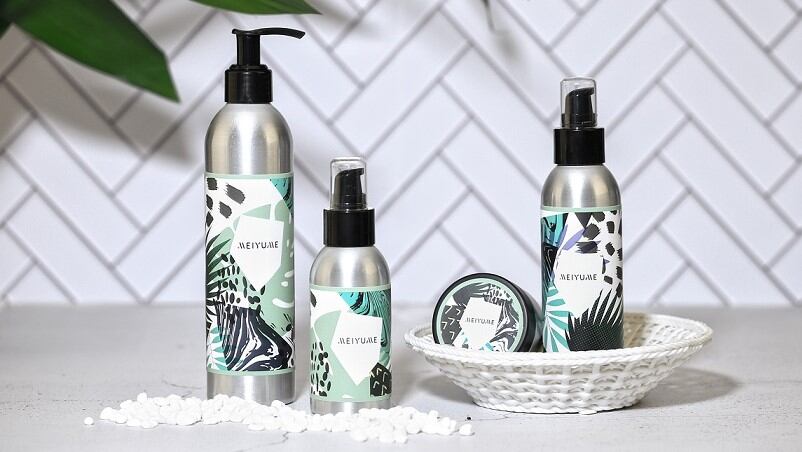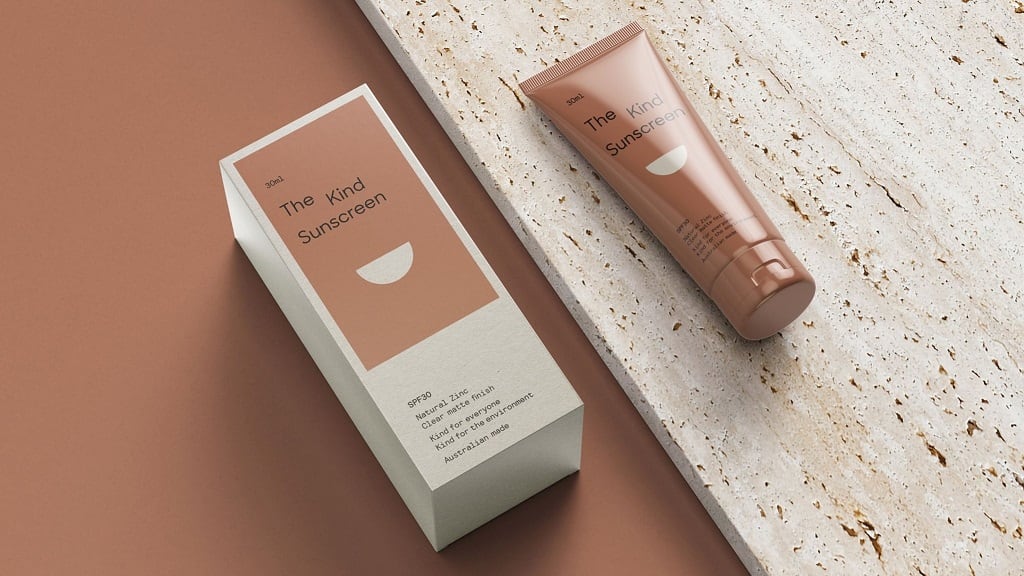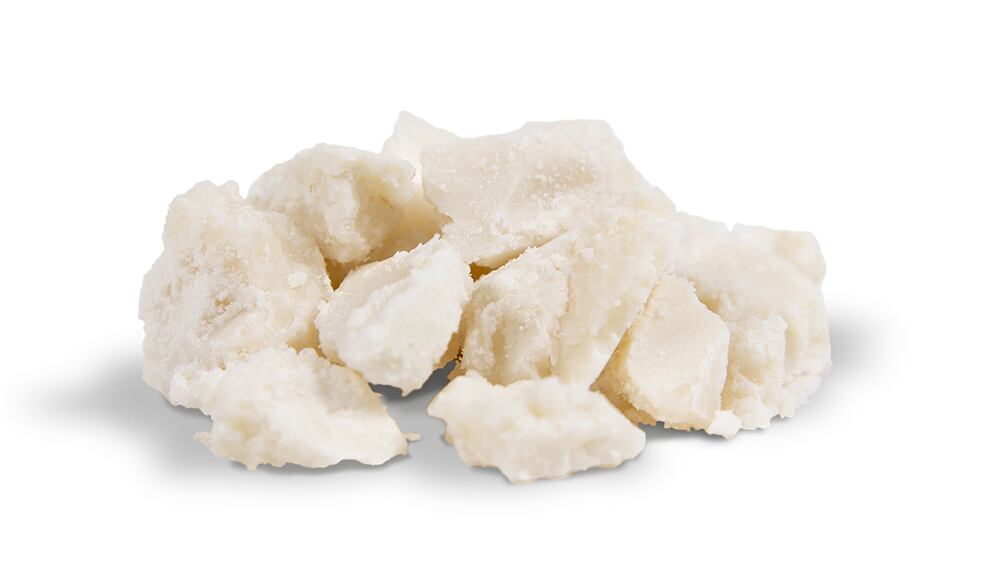The issue of sustainability has often been discussed in recent years, but this year we have seen the interest in sustainability accelerate and more brands in Asia Pacific taking concrete steps towards a circular future.
Emma Lewisham, which was founded in 2019, is a New Zealand-based brand that is aiming to become a 100% circular beauty brand by June 2021.
Founder Emma Lewisham told CosmeticsDesign-Asia that her goal was to disrupt the industry and prove that it was possible to be a completely circular brand.
To fulfil this goal, the company has partnered with waste management company TerraCycle to develop the Emma Lewisham Beauty Circle.
This incentive-based system allows consumers to send four products from any brand for recycling. In return, the brand rewards consumers with a $15 voucher they can use for Emma Lewisham products.
With this programme, it has diverted 30,000 units from landfills, keeping the material in circulation.
Fellow Kiwi brand Organic Riot, on the other hand, takes a more conventional approach by using only post-consumer recycled (PCR) materials for its packaging.
By mandate, the company only uses recycled goods and avoids any virgin plastic or paper, said founder and CEO Siddharth Somaiya.
It prints directly onto tubes and boxes, so it can avoid using labels and adhesives which may affect the recyclability potential. Additionally, printing is done with food-grade, heavy-metal free inks.
By doing so, the brand claims that it has saved over 60,000 litres of water, 50 trees and 4,000 pounds of greenhouse gas.
Hard road that must be travelled
Somaiya and Lewisham both agreed that the road towards sustainability is often a hard journey involving a lot of hard work and research into a very grey area.
“The deeper you go into sustainability and recycling; you realise there is no silver bullet. For example, even though glass is recyclable, it hardly ever gets recycled. It's not straightforward as people like to think. In fact, it's far too complicated,” said Somaiya.
Lewisham elaborated: “Packaging which is marketed as recyclable is often ‘technically’ recyclable rather than practicably recyclable and often ends up in a landfill. Saying ‘recyclable’ on packaging doesn’t always mean that it is as in many locations there is a huge cost to recycle complex materials. And more often than not, the recycling plants available are not sophisticated enough to handle this material.”
Somaiya advised start-ups not to feel pressured to take on everything at once, as it can be a very expensive venture.
“You have to be smart about where you are allocating capital. I wasted a lot of money in my journey because of the mistakes I made. I would say start with recycled outer boxes because it’s easier to source. Recycled resin is 30% more expensive than virgin plastic! You can come to it when you can.”
Lewisham echoed Somaiya’s comments on the challenges of cost.
“Sustainable options absolutely exist, but there’s a lot of work and research involved to find them. Sustainable options do come at a premium. For example, our 100% recycled plastic tubes cost twice that of virgin plastic!”
Wanted: Real sustainable solutions
Another obstacle brands may encounter is the lack of sustainable options available in the market. However, Lewisham encouraged brand owners not to ‘accept the status quo’.
“Have a vision in mind of the type of solution you’re looking for and keep pushing suppliers until you find it – sometimes it’s not something that is already readily available in-market and it requires some innovation to get there.”
In the case of Emma Lewisham, the brand designed and create a solution with product engineers. This meant forking out a significant cost to create their own mould to produce refillable packaging.
Lewisham said the company intends to make its refillable IP technology accessible to all brands to amplify its impacts as greatly as possible.
Like Lewisham, Somaiya also encountered resistance in his search for the right solution. For instance, he was at first unable to find a supplier that would allow him to order below the minimum order quantity (MOQ).
“You have to find a reliable supplier who believes in your vision – and I know it’s easier said than done. My advice is to go straight to the decision-maker of the company and make them believe in you,” he said.
Somaiya recounted that he did this by being transparent and honest, sending suppliers financial statements and growth projections. At the same time, he encouraged brand owners to exercise their negotiation skills.
“I let them charge me 10% or 20% higher for ordering below their MOQ just so I could be allowed the chance to build this company. People aren’t robots, they will accommodate you if they believe in you,” he said.
He added that it was important for companies not to rest on their laurels and continue to keep up with new innovations in the eco-space.
“Companies will have to constantly adapt, tweak and change so they can become more sustainable as they grow. It’s very important to be dynamic enough to change your processes.”
Despite the challenges, both founders agreed that it was important for smaller brands to work the best they can towards sustainability in terms of their packaging.
“The recycling industry will only survive if people buy recycled products. For me, it was important to close that circle. We need more business to do this so there's actually financial merit for someone to recycle something,” said Somaiya.
Lewisham added: “As more brands switch to sustainable packaging and there are more sustainable options available in larger quantities, my hope is that the cost comes down as it becomes the norm to have packaging that’s good for our planet.”





